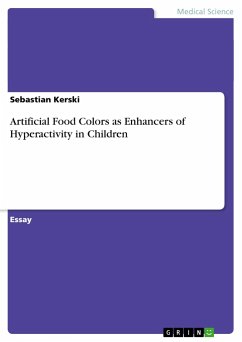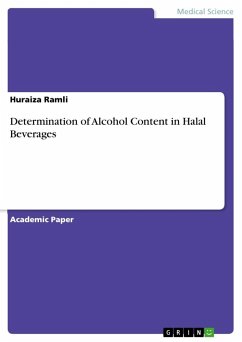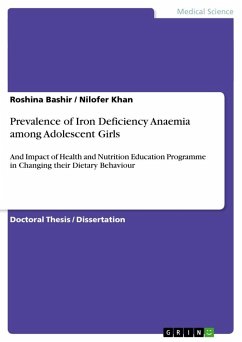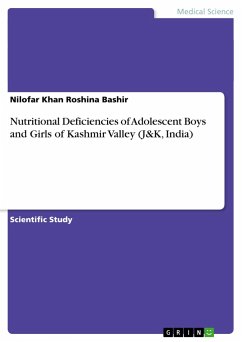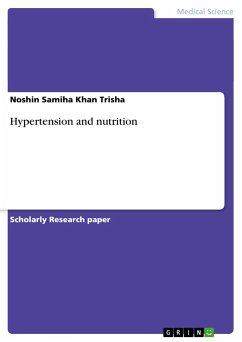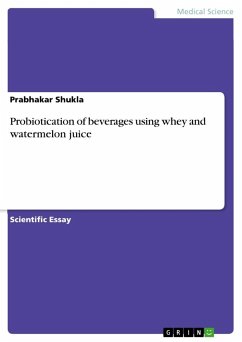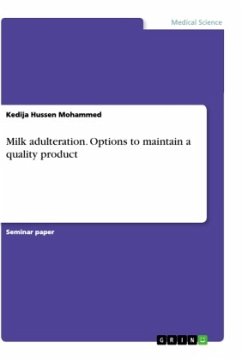
Milk adulteration. Options to maintain a quality product
Versandkostenfrei!
Versandfertig in 1-2 Wochen
17,95 €
inkl. MwSt.

PAYBACK Punkte
0 °P sammeln!
Seminar paper from the year 2018 in the subject Health - Nutritional Science, grade: A, Addis Ababa University (college of veterinary medicine and agriculture), course: Seminar I :CURRENT TOPIC I IN ANIMAL PRODUCTION (ANPS 803), language: English, abstract: Milk is considered to be the 'ideal food' because of its abundant nutrients involved. Since it is the best sources for protein, fat, carbohydrate, vitamin and minerals and those required by both infants and adults . It is a raw component to produce a wide range of different food products. However, the production level of dairy animal is not...
Seminar paper from the year 2018 in the subject Health - Nutritional Science, grade: A, Addis Ababa University (college of veterinary medicine and agriculture), course: Seminar I :CURRENT TOPIC I IN ANIMAL PRODUCTION (ANPS 803), language: English, abstract: Milk is considered to be the 'ideal food' because of its abundant nutrients involved. Since it is the best sources for protein, fat, carbohydrate, vitamin and minerals and those required by both infants and adults . It is a raw component to produce a wide range of different food products. However, the production level of dairy animal is not satisfying the consumer demand worldwide. Hence, adulterants are added in milk to increase these parameters, thereby increasing the milk volume and quality in dishonest way.Possible reasons behind milk adulteration may not only include demand and supply gap, but also perishable nature of milk, need for high financial gain and lack of suitable detection methods also aggravate the problem but the impact is a real public health concern. Hence, to minimize milk adulteration and to maintain quality product the above driving problems should get solution. However, this is one of the most common phenomena that have been overlooked in many countries. Hence, this paper reviews current milk adulteration possibilities, related public health risks and available technologies options in controlling milk quality.



